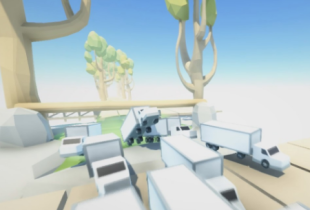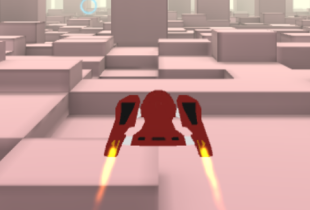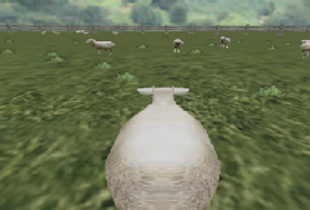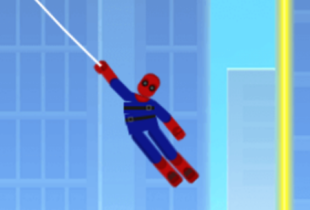Game description:
Incredider is a platform-based action game that focuses on structured movement and level progression. The player navigates through compact environments filled with obstacles and mechanical traps. Each stage is organized around timing and precision rather than speed. The objective is to move from one end of the level to the other while collecting required items or activating triggers. The system combines movement control, observation, and repetition as its main components.
Core Mechanics
The gameplay in Incredider operates through a set of defined inputs for movement, jumping, and interaction. Each level presents new challenges that depend on coordination and environmental awareness. Instead of open exploration, the player follows a linear path where success depends on learning through failure. The main features of control and challenge include:
· Jumping between platforms with limited space and moving hazards.
· Activating switches to open passages or disable traps.
· Avoiding environmental risks such as spikes or energy fields.
· Managing timing to synchronize with moving structures.
This structure ensures that each stage builds upon the skills gained from earlier ones.
Level Structure and Design
Levels in Incredider are divided into sections with increasing difficulty. Early areas introduce single mechanics, while later ones combine them into more complex arrangements. The visual presentation emphasizes clear separation between interactive and static objects, allowing players to understand functionality without instruction. Backgrounds remain neutral, keeping attention on the movement layer. Audio feedback supports player timing through short sound cues that correspond to successful actions or errors.
Progression and Challenge
The progression system in Incredider is based on checkpoint completion and performance tracking. Each completed level unlocks the next, and players may replay earlier sections to improve accuracy or reduce time. The difficulty curve rises gradually but consistently, maintaining a stable rhythm of repetition and adjustment. Some advanced stages require memorization of sequence patterns or the use of multiple abilities in quick succession, reinforcing skill growth through continuous practice.
Incredider presents a clear framework of mechanical challenge built on controlled motion and structured learning. It demonstrates how consistent rules and predictable systems can generate long-term engagement. By focusing on the player’s precision and understanding of timing, the game creates a cycle of trial, recognition, and mastery. The outcome depends entirely on applied attention and rhythm, making each completed stage a direct reflection of improved control.























































































































































Comments